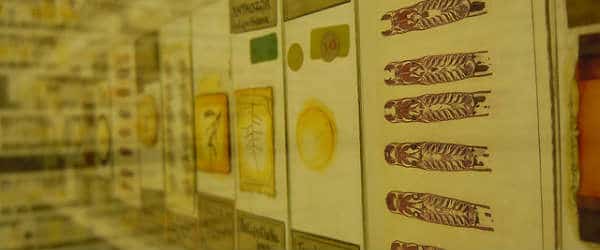Fluorescent tags are widely used for microscopy and expression studies – but it wasn’t so long ago that this everyday tool was unheard of. In this article we’ll talk about how GFP came to be, and what it means for you.
Green fluorescent protein, or GFP, was first identified in a fluorescent jellyfish, Aequorea victoria. Osamu Shimomura purified GFP and described the biophysics of how it fluoresces. A few years later, Martin Chalfie reported the expression of this protein in E. coli and C. elegans. Roger Tsien is responsible for designing variants of the protein – single amino acid changes that yielded cyan, blue and yellow fluorescent proteins, and the enhanced green protein (EGFP) that is commonly used today. Shimomura, Chalfie and Tsien were awarded the Nobel Prize for Chemistry in 2008 for their work in the discovery and development of this tool. What made GFP such a game changer is the fact that it’s “auto-catalytic” – it doesn’t need any co-factors or enzyme processing to fluoresce – so it can be easily used in a wide variety of organisms.
The major applications for GFP proteins are microscopy based, since its primary value is as a visual marker for protein detection. Here are a few of the most popular ways to use GFP:
1. Translational Fusion
One of the most common uses is a fusion marker, where the GFP open reading frame is cloned downstream of your favorite ORF, so that it is translated as one long protein, fusing your favorite protein to GFP. That way, wherever your protein is expressed you will see green fluorescence. This can be used in still images and is striking in images of live cells, as you can track the location and movement of proteins.
2. Transcriptional Fusion
GFP can also be used in “transcriptional fusion”, where the expression of a gene and GFP are driven off the same promoter, but with an intervening stop codon. In this case, cells expressing the first gene will fill with soluble GFP – resulting in easy detection of the particular cells expressing your protein.
3. FLIP and FRAP
FRAP (fluorescence recovery after photobleaching) and FLIP (fluorescence loss in photobleaching) rely on the fact that a single GFP molecule emits fluorescent light when it’s excited, but cannot do so indefinitely. Eventually it either bleaches out or stops emitting. So, to study the dynamics of a GFP-labeled protein, you can bleach a small area of a cell and determine how long it takes fluorescently labeled protein to “leak” back into the bleached area (FRAP), or how much fluorescence decreases overall in the rest of the cell as the bleached proteins diffuse (FLIP).
4. FRET
FRET (fluorescence resonance energy transfer) is based on the different excitation and emission spectra of the different variations on GFP. In this case, two proteins are labeled with two different fluorophores, which are carefully selected so the emission spectrum of the first overlaps the excitation spectrum of the second. The cells are then imaged using a laser that excites only the first fluorophore – so the second only lights up if the two proteins are in close enough proximity that the first fluorophore sets off the second.
Want a stunning, colorful poster that summarizes all the critical fluorescent protein properties like absorption and emission spectra, relative brightness, and quantum yield? Download Bitesize Bio’s ultimate guide to fluorescent proteins poster and stick it up in your lab!
For more reading, check out some of the seminal papers written about GFP:
Green fluorescent protein as a marker for gene expression.
Chalfie M, Tu Y, Euskirchen G, Ward WW, Prasher DC.
Science. 1994 Feb 11;263(5148):802-5.
Wavelength mutations and posttranslational autoxidation of green fluorescent protein.
Heim R, Prasher DC, Tsien RY.
Proc Natl Acad Sci U S A. 1994 Dec 20;91(26):12501-4.
Originally published on May 19, 2011. Revised and updated on June 2, 2016.
Hear more about the development of GFP by listening to The Microscopists podcast episode with Martin Chalfie:







